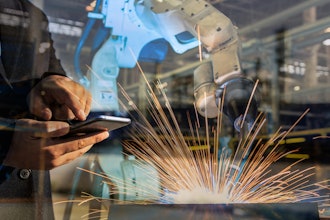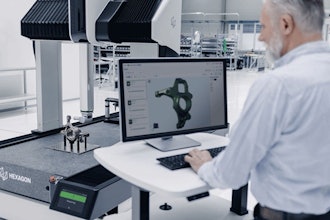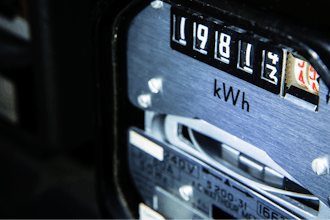An ultra-high-speed camera developed by MIT researchers shows, in detail, how metal behaves when it is bonded using metal sprays.
And their subsequent studies indicated that any melting that occurs during the spraying process hinders, rather than helps, the bonding process.
The camera, which can shoot up to 300 million frames per second, allowed researchers to observe the spray-paint-like process at the exact moment that sprayed particles impacted the metal surface.
Although metalworkers would intuitively tend to encourage melting -- either by increasing the spray's temperature or velocity -- the footage showed that melted particles bounced away too quickly to form a bond between the metal.
Instead, researchers said that bonding occurs best when particles remained in a solid state -- which caused the particles to stick to the metal as they produced a "splash" effect.
Better spray bonding could improve current metal coating processes, such as those used to refurbish engines, but scientists said it could be particularly helpful in future 3D printing applications involving metals.
MM: Bonding Metals At Lower Temperatures
An ultra-high-speed camera developed by MIT researchers shows, in detail, how metal behaves when it is bonded using metal sprays.
Nov 29, 2017
Latest in Industry 4.0






















